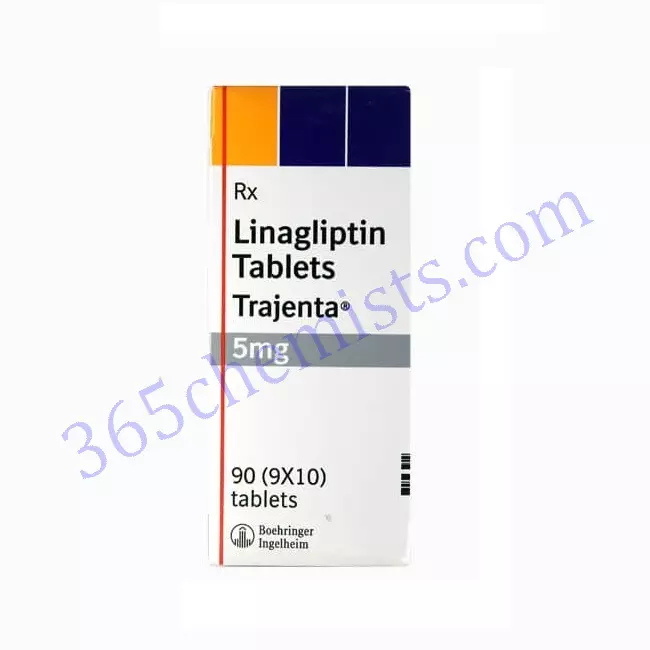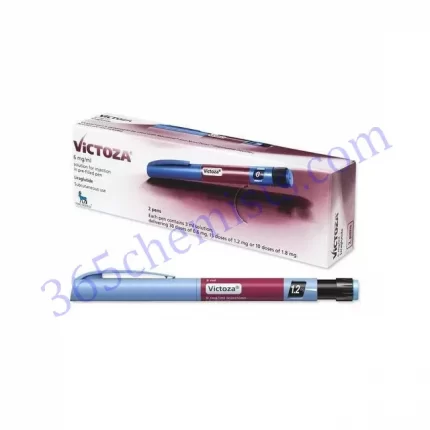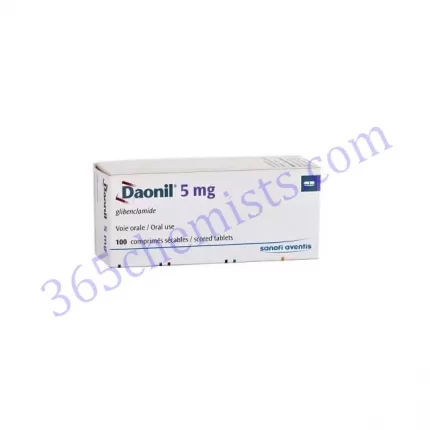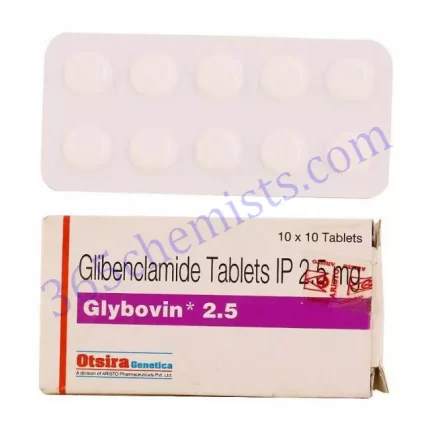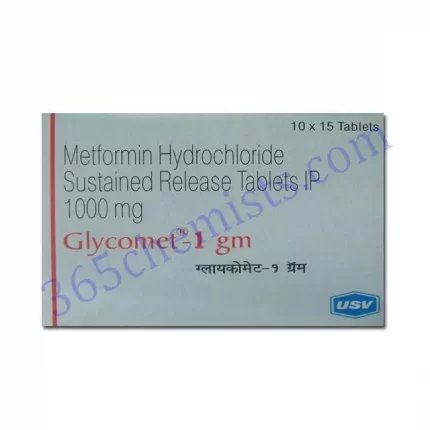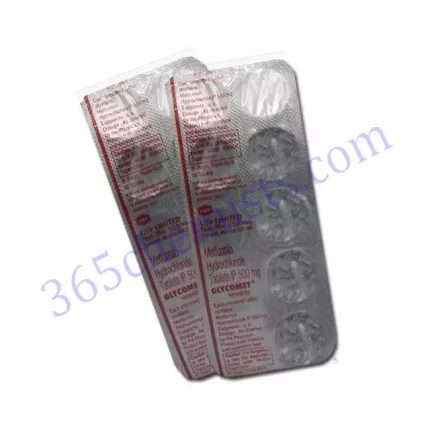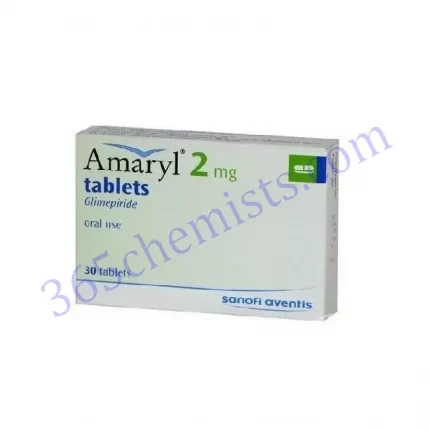Trajenta 5mg Tablet (Linagliptin): A Comprehensive Overview
Tablets of Trajenta 5mg, which contain the active pharmaceutical ingredient linagliptin, are a popularly prescribed form of the drug. It is classified as an inhibitor of dipeptidyl peptidase-4 (also known as DPP-4), which is a class of medicines. The primary application of trajenta is in the treatment of patients with type 2 diabetes mellitus. In this piece, we will investigate the many facets of the Trajenta 5mg Tablet, including its mode of action, therapeutic applications, dosage, side effects, and precautions.
Mechanism of Action:
The pharmacological effects of Trajenta 5mg Tablet are brought about by the drug’s ability to inhibit the enzyme DPP-4. DPP-4 is the enzyme that is responsible for the breakdown of incretin hormones. Incretins are hormones that are produced by the body on their own and play an important part in the process of controlling how glucose is metabolised. Trajenta works by inhibiting a protein called dipeptidyl peptidase-4 (DPP-4), which causes an increase in the levels of active incretin hormones. These hormones include glucagon-like peptide-1 (GLP-1) and glucose-dependent insulinotropic polypeptide (GIP). This results in an increase in insulin secretion, a decrease in the release of glucagon, and an improvement in glycemic control.
Therapeutic Uses:
Tablets of Trajenta 5 mg are recommended for use in the treatment of individuals who have diabetes mellitus type 2. In order to better control glucose levels, it is often administered as a supplement to dietary changes and physical activity. When diet and exercise on their own are not sufficient to maintain appropriate glycemic control, a combination of Trajenta with one or more additional diabetes drugs, such as metformin, sulfonylureas, or insulin, may be used as a monotherapy treatment option.
Dosage and Administration:
Taking one 5mg tablet of Trajenta every day, regardless of when meals are taken, is the daily dose that is recommended. It comes in the form of a tablet that may be taken orally and needs to be consumed in its whole with a glass of water. Patients who have mild to severe hepatic impairment or renal impairment do not require any adjustment to their medication. However, because there is a lack of data specifically pertaining to patients with severe hepatic impairment, extreme caution should be given when treating these patients.
Side Effects of Trajenta 5mg Tablet:
Although the Trajenta 5mg Tablet is generally well tolerated, it has the potential to bring about a variety of adverse effects in certain people. The following are the adverse effects that are most frequently reported:
- Inflammation of the nose and throat is referred to as nasopharyngitis. Nasopharyngitis can cause symptoms such as a stuffy or runny nose, a painful throat, and sneezing.
- Infections in the upper respiratory tract can cause a variety of symptoms, including coughing, nasal congestion, sore throat, and chest congestion. In most cases, these infections are not serious and clear up on their own.
- Infection of the urinary tract Some people may be susceptible to urinary tract infections, which can result in lower abdomen pain, discomfort during urination, and frequent urination.
- Headache is a common side effect that can range in intensity from mild to moderate. Headaches can occur as a result of taking this medication.
- Back pain: While using Trajenta, some people may find that they have discomfort in their back. In most cases, it is only temporary and goes away on its own without any intervention.
- These adverse effects are, in most cases, rather modest and transient. Nevertheless, it is imperative to seek professional assistance if any of these symptoms continue or become persistent. It is important to keep in mind that different people will react differently to the same medicine, and that not everyone will have the same negative side effects.
Related Product
Trajenta 5mg Tablet
Trajenta Duo 2.5/500mg Tablet
Trajenta Duo 2.5/850mg Tablet
Trajenta Duo 2.5/1000mg Tablet
Precautions and Warnings:
It is vital to take into consideration the following precautions and warnings before to beginning therapy with Trajenta 5mg Tablet:
- Trajenta is not recommended for the treatment of type 1 diabetes or diabetic ketoacidosis. Trajenta is not indicated for the treatment of any of these conditions. Only people diagnosed with type 2 diabetes should use this medication.
- There have been a few isolated instances of pancreatitis linked to the use of DPP-4 inhibitors like Trajenta; however, these cases have been extremely rare. It is imperative that immediate medical treatment be sought in the event that severe abdominal discomfort, prolonged nausea, or vomiting develops.
- Reactions to hypersensitivity: Some people are more likely to have severe reactions to hypersensitivity, such as a rash, itching, or swelling of the face, lips, or tongue. It is imperative that prompt medical attention be sought in the event that any symptoms of an allergic response manifest themselves.
- Trajenta use during pregnancy and breastfeeding has not been studied sufficiently to determine whether or not it is safe for women who are pregnant or breastfeeding. Before using Trajenta while pregnant or breastfeeding, it is essential to have a conversation with a qualified medical practitioner about the potential downsides and upsides of the medication.
- Hepatic impairment: There has not been a lot of research done on Trajenta in people who have a severe case of hepatic impairment. When giving Trajenta to patients in this category, extreme caution is required, and it is strongly advised that these patients be closely monitored.
Drug Interactions:
There is a possibility that the Trajenta 5mg Tablet will interact with other medications, which could reduce its effectiveness or raise the risk of adverse effects. It is imperative that you let your healthcare practitioner know about any and all medications you are currently taking. This includes not just prescribed prescriptions but also over-the-counter medications and herbal supplements. The following are examples of notable medication interactions:
- Inducers and inhibitors of the CYP3A4 enzyme system: Medications that either stimulate or inhibit the CYP3A4 enzyme system have the potential to modify the metabolism of Trajenta. When Trajenta is used concurrently with drugs such as these, it is possible that dosage modifications will be required.
- Inhibitors of P-glycoprotein: Medications that inhibit P-glycoprotein may raise the amount of Trajenta that is absorbed into the system. When both of these medications are used at the same time, it is important to keep a close eye out for any possible adverse reactions.
- It is essential to seek the advice of a healthcare expert or a chemist before combining Trajenta with any other medications in order to ensure that the combination will be both safe and effective.
Conclusion:
Individuals who suffer from type 2 diabetes mellitus have access to a helpful therapeutic option in the form of Trajenta 5mg Tablet (Linagliptin). Trajenta helps improve glucose control by suppressing a protein known as DPP-4 and boosting the impact of hormones known as incretins. It has a relatively low frequency of adverse effects and is generally well tolerated by patients. However, it is essential to take Trajenta exactly as prescribed and to pay attention to all of the accompanying dangers and warnings before beginning treatment. If you have any issues or questions regarding the usage of Trajenta, you should speak with your healthcare practitioner to receive individualised guidance on the matter.

